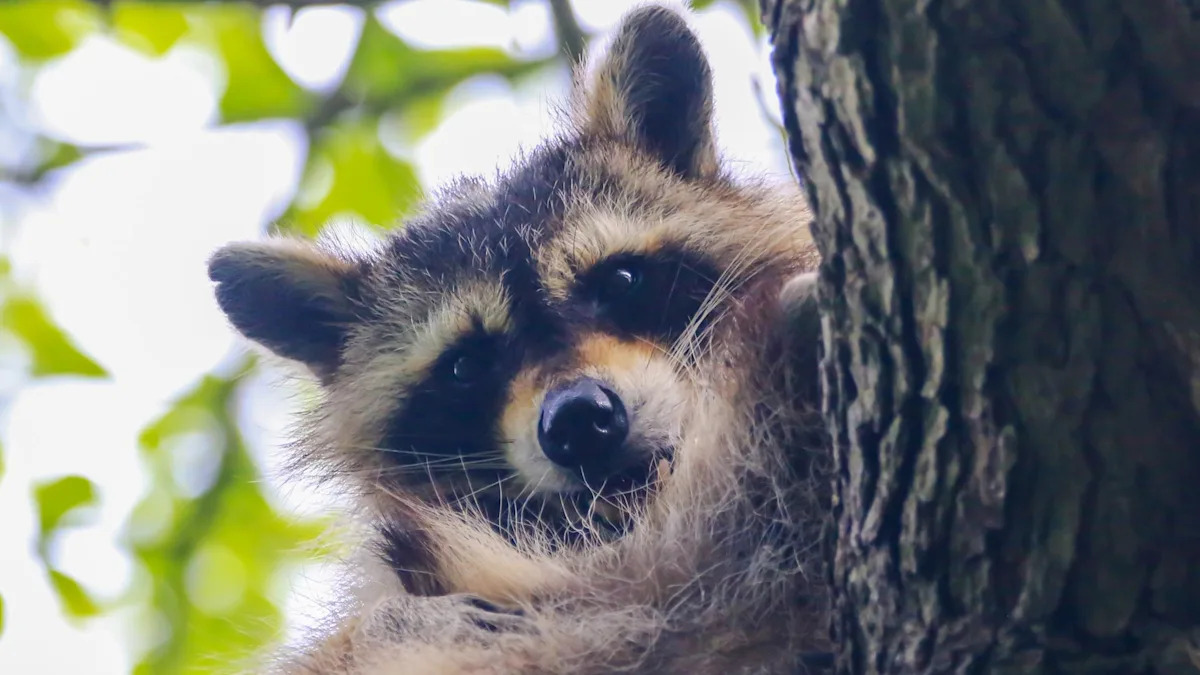Researchers in the Czech Republic have launched an expansive and groundbreaking study on the population growth of an invasive species that has been steadily expanding its territory in the country since it was first introduced nearly 100 years ago.
What’s happening?
A team of researchers from the Institute of Forest Protection and Hunting at Mendel University’s Faculty of Forestry and Wood Science is attempting a study that has never been done before in Europe.
As reported by BRNO Daily, the team is focusing on the northern raccoon, an animal that has been wreaking havoc in the country’s ecosystem by interfering with many native species and their habitats.
To better understand how the invasive species has been able to thrive in the country, researchers will focus on the northern raccoon’s habitat preference, its estimated population, and the most effective methods to control that population.
For now, the bulk of the team’s study will be conducted in Chropyňský luh, which has been designated a Natura 2000 protected site in Europe, and the Doupov Mountains in the Karlovy Vary region.
Researcher Ondřej Mikulka from the Institute of Forest Protection and Hunting at Mendel University explained that the northern raccoon isn’t just stopping its expansion to one region.
Watch now: Giant snails invading New York City?
“In recent years, however, we have also registered a significant spread of the raccoon northwards, to the area of the Království nature reserve, Litovelský Pomoraví and the Šumperk region,” Mikulka said, per BRNO Daily. “Lastly, the south of Prostějov region is also becoming an important hotspot, and all available data clearly show that the raccoon will spread to other areas as well.”
Why is the study of the northern raccoon’s growth in the Czech Republic important?
Invasive species significantly disrupt ecosystems, often leading to a decline in biodiversity. They can alter habitats, outcompete native species for resources, introduce diseases, and even cause some species to experience rapid population decline. These impacts can have cascading effects on humans as well, impacting our food chain and agriculture industries.
The northern raccoon can be an opportunistic predator that preys on a wide range of native species, including amphibians, reptiles, birds, and small mammals, BRNO Daily reported. They are also prone to carrying diseases like rabies and Baylisascaris procyonis, also known as raccoon roundworm, which can be transmitted to other animals and even humans.
While raccoons often have several natural predators that can help curb growing populations, raccoons in the Czech Republic do not have any substantial natural predators, according to BRNO Daily. This can allow their population to grow rapidly as an invasive species. Although larger predators such as wolves, lynx, and bears inhabit the country, they ultimately have a minimal impact on raccoon populations.
What’s being done following the northern raccoon study?
As part of the study, the team of researchers will comb through data collected from a small group of raccoons in Moravia and Doupov that have been equipped with telemetric collars.
“We will have relevant data at the end of this year, but we can already say that this is a unique monitoring project within Europe,” Mikulka said, per BRNO Daily.
Mikulka explained that, throughout the current study, the research team has observed advanced intelligence from the small animal. Thanks to photo traps and video recordings, the team has been able to capture invaluable footage to help them better understand the cunning creature.
“With colleagues in the Doupov area, we have documented cases where an individual caught in a trap was able to open the device and escape on its own,” Mikulka added, per BRNO Daily. “Older and more experienced individuals can even remove the bait without activating the trap’s trigger mechanism.”
Join our free newsletter for good news and useful tips, and don’t miss this cool list of easy ways to help yourself while helping the planet.
